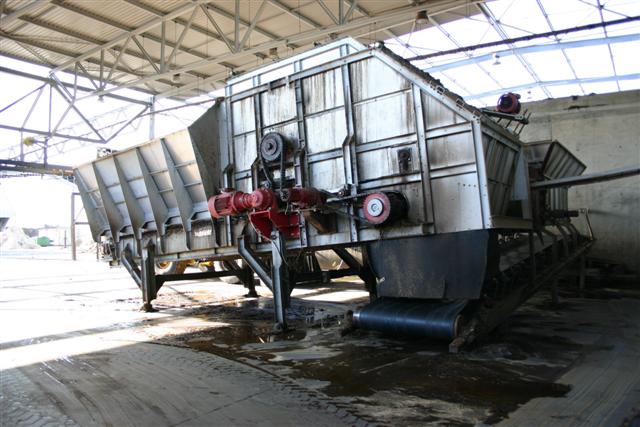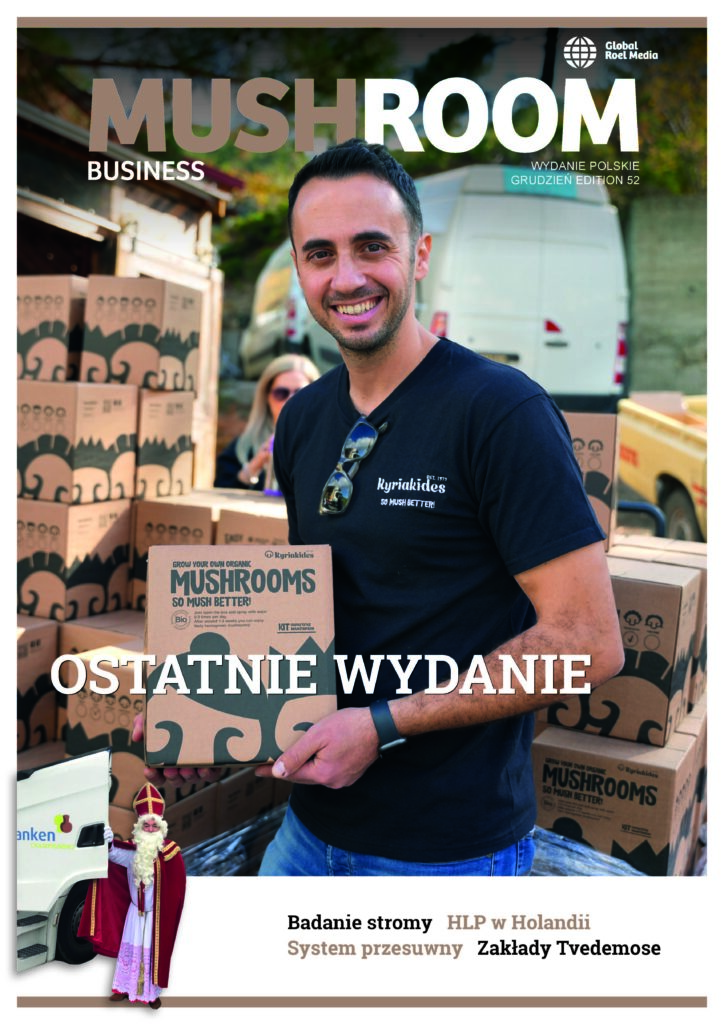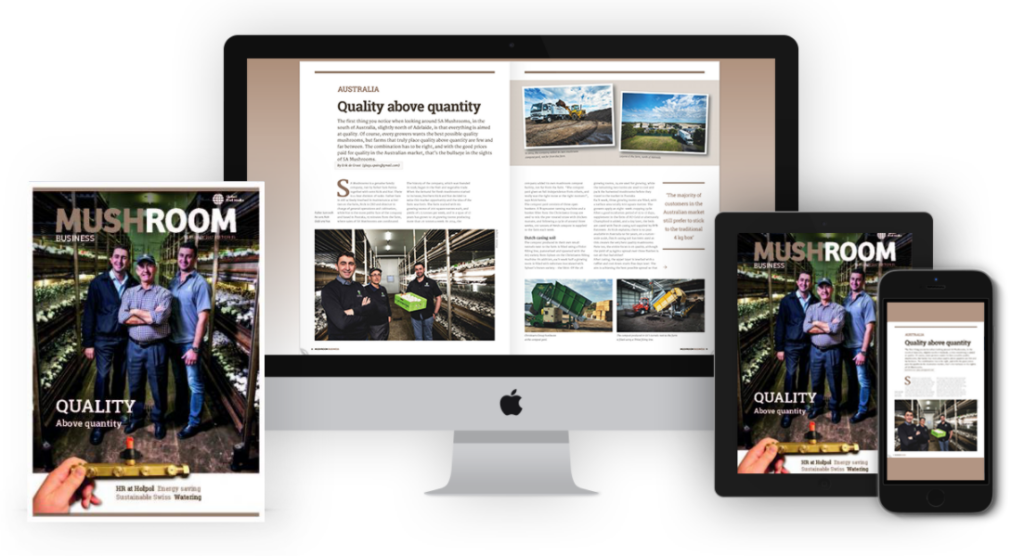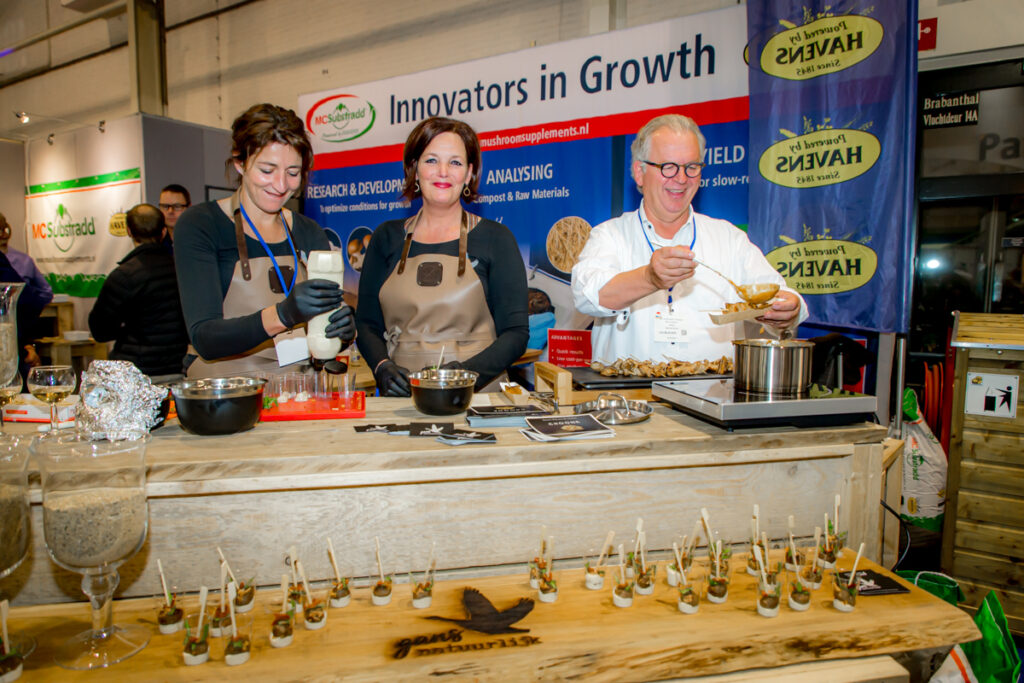
In January 2008 Agromisa issued its second Agrodok on Small Scale Mushroom Cultivation, simultaneously with translations in French and Portuguese.
In developing countries mushroom cultivation is gaining more attention as a possibility to use agricultural wastes, and to help alleviate poverty and food insecurity.
Certain mushroom species are rather easy to grow while others demand more specific cultivation methods and temperature. In general, the life cycle of a crop is rather short (varying from some weeks to a few months). Once the cropping cycle is completed the spent mushroom substrate/compost (SMS) can be used as a soil conditioner, or in some cases as animal feed.
Agrodok 40 describes the simplest procedure; i.e. mushroom cultivation on substrates that only need heat treatment.
Certain mushroom species however, like the Rice Straw Mushroom (Volvariella spp.) and the Button Mushroom (Agaricus spp.) can only be cultivated on fermented substrate or compost.
Cultivation of Rice Straw Mushroom is prevailing in the warmer climates of the tropical regions, whereas growing Button Mushrooms predominantly takes place in more moderate temperature climates.
However, the process of composting for mushroom cultivation is a more complex process than the preparation of temperature-treated substrates. Therefore, this second Agrodok on mushroom cultivation (Agrodok 41) covers the lack of information on this specific subject by describing the complete process of composting of agricultural wastes as well as the specific cultivation methods of each of the appropriate species mentioned above.
In a special chapter the process of obtaining good quality spawn and spawn production (propagation material) is treated in detail. Furthermore, special emphasis has been put on the minimum requirements for growing conditions, mushroom houses and equipment.
Additionally, attention has been given to harvesting and post harvest handling. Since there is a high demand for processed (mostly canned) mushrooms in suburban and urbanized regions, the basics of mushroom processing have been covered in a separate chapter. Finally it seems appropriate to add a chapter on marketing in which the importance and possibilities of the local and regional market(s) are pointed out.
Christaens Group, CNC, Gicom, Hoving Holland, Lensen Vul- en Sluittechniek, Mycelia and Scelta have all supported this Agrodok 41.
Agromisa was established in 1934, and is linked to Wageningen University and Research Centre. Its aim is to exchange knowledge information on small-scale sustainable agriculture and related topics. The target group is the underprivileged population in rural areas. Agromisa’s main objective is to strengthen the self-reliance of the target group and to improve their livelihood by sharing experience and knowledge.






